Do you have a question about the Ricoh OP-P1 and is the answer not in the manual?
Identifies OP-P1/MF1 models and their regional variations.
Details on course structure, required materials, and supervisor notes.
Introduces the first section of the training: Product Outline.
Highlights main features of the OP-P1/MF1 series.
Explains main objective, target users, and technical enhancements.
Provides information on toner yield for starter and replacement AIOs.
Outlines average print volume, MPBF, and expected product life.
Covers speed, resolution, paper handling, ADF, input/output trays.
Details maximum original size, paper sizes, media types, and weights.
Lists memory size, hard disk, fax capabilities, and power consumption.
General installation information and pre-installation checks.
Illustrates necessary installation space for different machine configurations.
Outlines the primary steps for installing the machine.
Shows the overall layout of mechanical components within the machine.
Illustrates the arrangement of electrical components in the machine.
Details the main unit drive, motors, and clutches.
Provides block diagrams of the control system for different models.
Explains the ADF's paper path, operation steps, and CIS function.
Describes the flatbed scanner's operation and CIS movement.
Details the laser unit's beam path, operation, and cross-section view.
Covers fusing method, temperature control, and energy saving modes.
Discusses user maintenance, configuration methods, and service modes.
Explains how to access and use the machine's service mode.
Provides guidance on updating firmware and resolving update failures.
Explains error occurrence, display, codes, and recovery procedures.
Covers safety, disassembly, board, and roller replacement guidance.
Details toner end detection, options, consumption, and after-end actions.
Guides on AIO replacement, refilling, and associated notes.
Describes technologies for reducing environmental impact and conserving resources.
Explains energy saver modes, settings, and power consumption.
Identifies OP-P1/MF1 models and their regional variations.
Details on course structure, required materials, and supervisor notes.
Introduces the first section of the training: Product Outline.
Highlights main features of the OP-P1/MF1 series.
Explains main objective, target users, and technical enhancements.
Provides information on toner yield for starter and replacement AIOs.
Outlines average print volume, MPBF, and expected product life.
Covers speed, resolution, paper handling, ADF, input/output trays.
Details maximum original size, paper sizes, media types, and weights.
Lists memory size, hard disk, fax capabilities, and power consumption.
General installation information and pre-installation checks.
Illustrates necessary installation space for different machine configurations.
Outlines the primary steps for installing the machine.
Shows the overall layout of mechanical components within the machine.
Illustrates the arrangement of electrical components in the machine.
Details the main unit drive, motors, and clutches.
Provides block diagrams of the control system for different models.
Explains the ADF's paper path, operation steps, and CIS function.
Describes the flatbed scanner's operation and CIS movement.
Details the laser unit's beam path, operation, and cross-section view.
Covers fusing method, temperature control, and energy saving modes.
Discusses user maintenance, configuration methods, and service modes.
Explains how to access and use the machine's service mode.
Provides guidance on updating firmware and resolving update failures.
Explains error occurrence, display, codes, and recovery procedures.
Covers safety, disassembly, board, and roller replacement guidance.
Details toner end detection, options, consumption, and after-end actions.
Guides on AIO replacement, refilling, and associated notes.
Describes technologies for reducing environmental impact and conserving resources.
Explains energy saver modes, settings, and power consumption.
| Type | Mobile Printer |
|---|---|
| Print Technology | Thermal |
| Max Print Resolution | 203 dpi |
| Connectivity | Bluetooth, USB |
| Paper Width | 58 mm |
| Paper Type | Thermal paper |
| Battery | Lithium-ion battery |
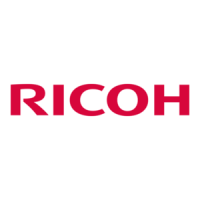
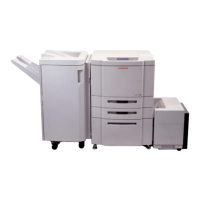
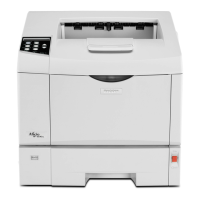
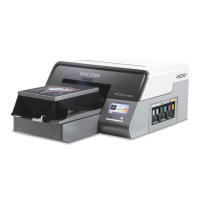


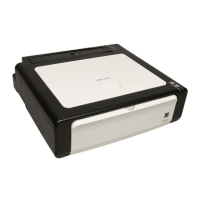
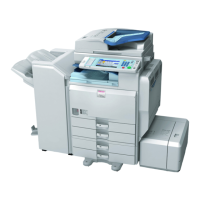
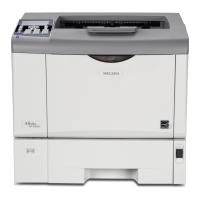
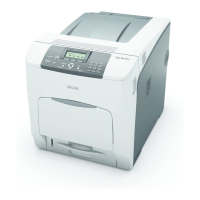


